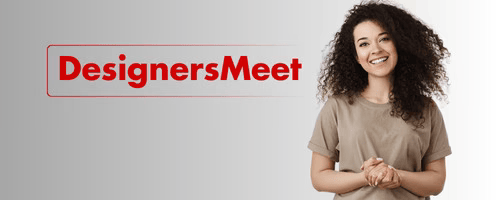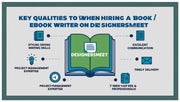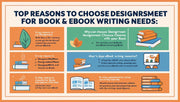One of the most important steps in working with a freelance designer is crafting a clear and effective design brief. A well-written brief lays the foundation for a successful project, minimizing revisions, avoiding miscommunication, and ensuring the designer understands your expectations right from the start. Whether you're hiring through DesignersMeet.com or working directly with a freelancer, a thoughtful brief helps bring your creative vision to life with fewer obstacles.
A great design brief starts with a clear project overview. Begin by describing what the project is, why it’s needed, and what goals you're hoping to achieve. Whether it's a logo, website redesign, social media graphics, or packaging design, explain the purpose and how the design will be used. This helps the designer approach the project strategically, not just artistically.
Next, define your target audience. Who is the design speaking to? What are their preferences, challenges, and expectations? The more information you provide about your audience, the easier it will be for the designer to tailor the visual language to connect with them. Mention any demographic details, industry context, or user behaviors that might influence design choices.
Your brand’s style and personality should also be clearly explained. Do you want the design to feel modern and bold, or classic and elegant? Should it be minimalistic or detailed? Including links to existing brand assets or inspiration (like mood boards or competitor designs you like or dislike) can give the designer a strong visual reference and reduce guesswork.
The brief should also outline any specific deliverables and technical requirements. What file formats do you need? Are there size constraints, printing specifications, or digital platform requirements? Include information about where the design will appear—whether on mobile apps, social media, business cards, or packaging. The more precise you are, the better the final output will be.
Another key aspect is setting realistic deadlines and milestones. Let the designer know when you expect initial concepts, revisions, and the final files. It’s helpful to leave buffer time for feedback and changes. Be transparent about your schedule so that the project can progress smoothly.
Finally, include your contact information and preferred method of communication. Ongoing collaboration often depends on quick, effective exchanges, so be accessible and open to feedback as well. A design brief is a two-way street—while it helps the designer understand your vision, it also invites them to bring their expertise and creativity into the process.
In short, a clear design brief saves time, reduces stress, and leads to better results. By outlining your goals, expectations, and project details from the start, you give your freelancer the tools they need to deliver high-quality work that aligns with your brand. On platforms like DesignersMeet.com, a strong brief is often the key to standing out and getting the most from your freelance partnership.




